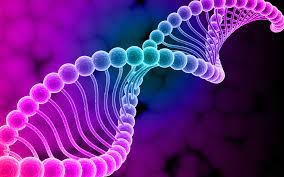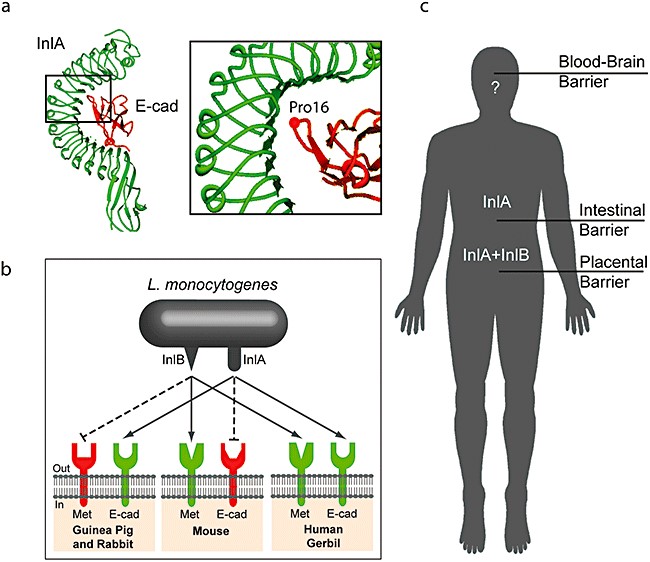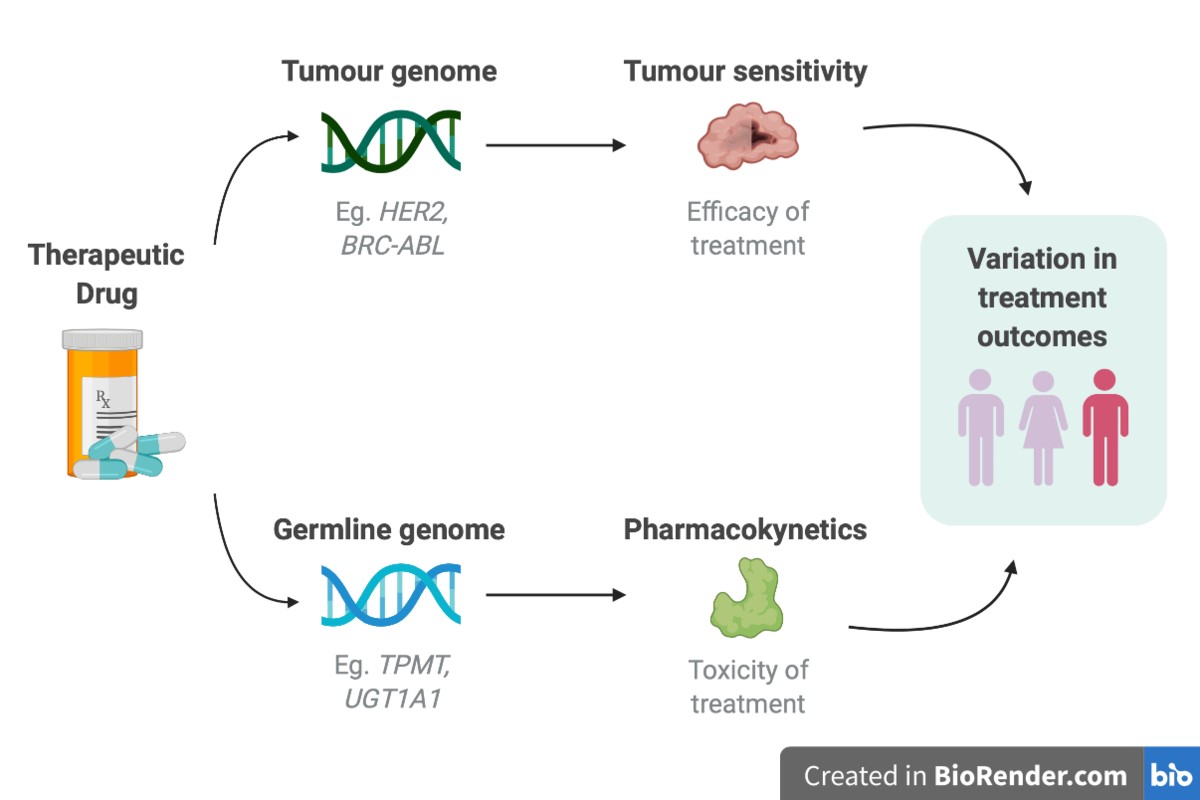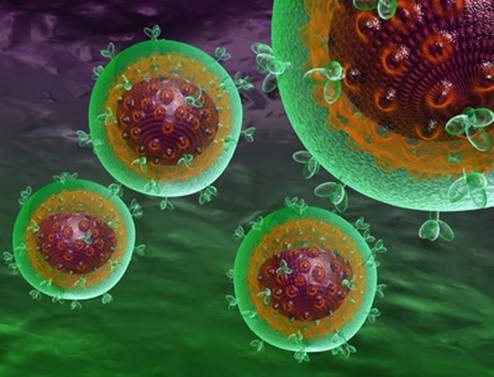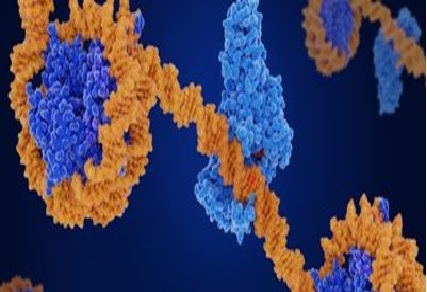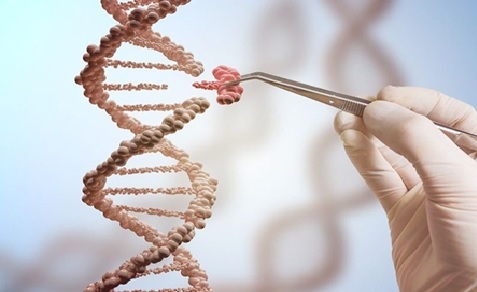Homogenize to Maximize: Revolutionizing Sample Optimization for Superior Results
Efficient and reproducible sample preparation is crucial for researchers in various fields who need to extract molecules of interest from samples for further analysis. One of the critical initial steps in the isolation procedure is tissue homogenization or cell disruption, which involves lysing cells to release intracellular analytes such as nucleic acids, proteins, or metabolites. The molecules released during this process can be analysed using techniques like PCR (polymerase chain reaction), NGS (next-generation sequencing), and western blot. Optimization of this step is essential because the success of subsequent analysis methods relies on it. Researchers aim to achieve consistent and effective sample preparation to obtain reliable and accurate results in their studies.

Figure .1 Homogenize to Maximize: Revolutionizing Sample Optimization for Superior Results
Disrupting the Norm: Confronting Challenges in Sample Homogenization
Figure 1 shows the traditional homogenization technique of mechanical pulverization using a mortar and pestle is time-consuming, labor-intensive, and may not be suitable for all sample types due to their physico-chemical properties. Alternative non-mechanical methods, such as chemical lysis and sonication, are also employed for sample homogenization. However, these methods can pose challenges, as sonication generates heat that can be detrimental to delicate molecules like RNA, while detergents used in chemical lysis can have harsh effects. Balancing efficient homogenization while preserving the integrity of fragile molecules remains a key concern in sample preparation.
Newer mechanical methods have emerged as effective alternatives for sample homogenization, addressing issues of labor, time, and efficiency. One such method is 3D bead-beating technology, which utilizes accelerated bead movement to grind tissue samples. This technique involves agitating beads inside lysing tubes through oscillating multi-directional movements, resulting in efficient homogenization. Additionally, a wide range of lysing kits is available, offering versatility for homogenizing various biological samples. These kits include tubes of different volumes and beads made of ceramic, glass, or stainless steel with varying diameters, enabling customization based on specific sample requirements
Discrepant Sample Properties
A sample's characteristics can impede analyte extraction in addition to the difficulties linked to the chosen lysis technique. Some samples only produce a limited amount of analytes, such as sperm cell DNA. As a result, scientists must process bigger sample volumes, which take longer to homogenise and can go over the instrument's maximum capacity limitations. Furthermore, some materials, such seeds, skin, bone, or tissue from tumours, are challenging to homogenise because of their hardness, elasticity, mineralization, or fibrous makeup.1,3–5 Samples that are challenging to lyse produce additional heat, which exacerbates the issue by causing some thermosensitive analytes to degrade or become denaturized.[1]
Reshaping Possibilities: Homogenization Triumphs Over Difficult Samples
The Precellys® Evolution Touch from Bertin Technologies is a versatile homogenizer that uses bead-beating technology for efficient tissue homogenization. It can process various sample sizes, weights, and volumes, and can homogenize up to 24 samples simultaneously. The instrument's symmetrical design ensures equal homogenization efficiency for each sample, and its responsive touchscreen can be operated with gloves. With a choice of 30 lysing kits, researchers can homogenize samples of different properties and volumes. The high speeds of up to 10,000 rpm generate minimal heat, ensuring the safety of thermosensitive analytes. The instrument is compatible with the Cryolys Evolution cooling unit for maintaining sample temperature between 0 and 10 °C during homogenization.
The Precellys® Evolution Touch from Bertin Technologies is a highly versatile and efficient homogenizer that offers a wide range of features suitable for various research fields. Its ability to accept different tube sizes, the availability of numerous lysing kit options, and the capability to process multiple samples simultaneously make it a valuable tool in scientific research. Researchers across different disciplines can benefit from its versatility, ensuring efficient and reliable sample homogenization for their specific needs.
References:
- https://www.the-scientist.com/research-products-blog/optimizing-sample-homogenization-71134
Cite this article:
Janani R (2023),Homogenize to Maximize: Revolutionizing Sample Optimization for Superior Results, AnaTechMaz, pp.179


